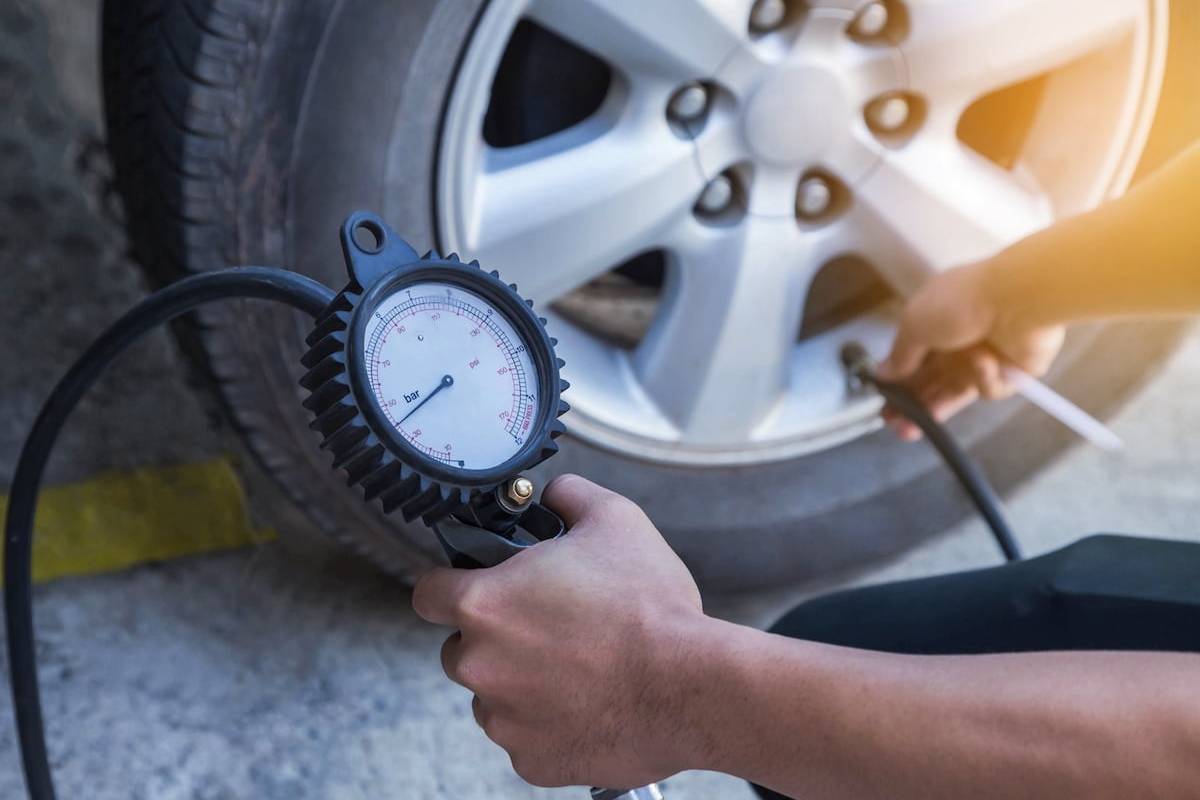Signs of Low Tire Pressure

Despite the dangers of driving on underinflated tires, research shows that most cars on the road have at least one insufficiently inflated tire. Here’s why you should always drive with properly inflated tires and how to know if your tires have low pressure.
Benefits of Correctly Inflated Tires
Driving with correctly inflated tires has numerous safety and financial advantages, including:
- Decreased risk of blowouts. Low tire pressure causes more rubber to contact the road, creating heat friction. High temperatures cause the structure of your tires to degrade and eventually fail, potentially leading to a dangerous blowout on the highway.
- Better handling. Cars with adequately inflated tires grip the road better than cars with poorly inflated tires. They improve your car’s braking and handling on corners.
- Better fuel efficiency. You can lose at least three per cent of your car’s fuel efficiency with low tire pressure, a significant amount considering high gas prices.
- Longer tire life. Driving on one or more poorly inflated tires will increase the wear on your tire tread, requiring more frequent tire repairs and replacements.
How to Identify Low Tire Pressure
Here are four warning signs that you’re driving with low tire pressure.
- The dashboard warning light comes on. If your car is equipped with a tire pressure monitoring system (TPMS), it’ll warn you if the tire pressure is too low. However, it’ll only alert you when the pressure is 25 per cent below the manufacturer’s recommendation. You should inflate your tires before they get that low.
- You hear a flapping noise. A flapping noise indicates loose rubber hitting the pavement and is a sign that a tire isn’t only low but flat. If you hear this noise, pull over immediately.
- You’re filling up more often. Low tire pressure decreases fuel efficiency, so if you’re visiting gas stations more often, underinflated tires could be the reason.
- Your car doesn’t handle well. When too much of the tire’s rubber hits the road, turning and braking become more difficult. If your vehicle becomes less responsive to steering and stopping, your tires may be to blame.
Tire Repair and Replacement in British Columbia and Alberta
At Minit-Tune & Brake Auto Centres, we’ll check for low tire pressure, plus look for uneven tread wear during a regular oil change service. We also repair and replace tires at every one of our locations throughout British Columbia and Alberta. Contact us today to find a location near you and schedule an appointment.
MINIT-TUNE BLOG
Minit-Tune & Brake Auto Centres Address Common Issues
Here at Minit-Tune & Brake Auto Centres in British Columbia, we’re always pleased to help our customers get the most out of their cars and trucks. To that end, we’ll add a relevant blog topic from time to time to keep you up to date and getting the most out of your vehicle.
